Is Respecting Diversity Part of the Jewish Curriculum?
The panel showcasing young voices was one of several programs to highlight the importance of navigating differences and including diversity in Jewish education.
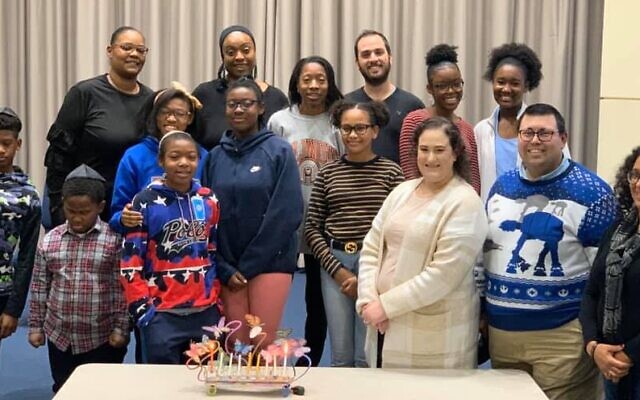
About a year ago, Hannah Hassell “took a knee” during the playing of the national anthem at The Epstein School, where the now 13-year-old is in eighth grade. Like the NFL football players who protested police brutality against black people in America, Hassell wanted her voice to be heard among fellow Jewish students.
“I felt like I needed to do it, especially in an all-white space,” she told the AJT before speaking on a panel Dec. 22 with two other black Jewish youths about Jewish diversity in education. “To me, it symbolized strength because I’m usually quiet.”
The response was not as supportive as Hassell would have liked. Two teachers and a number of students told her to stand up. They said she was being disrespectful of the flag and the U.S. army, which she argued against. Some students stood up for her.
Head of school David Abusch-Magder told the AJT that he had not heard of the event, but that one of the school’s values is to encourage multiple views. “We try to teach our students from the youngest that there are many perspectives in looking at the world.”
He added that what can be life changing for one person can scoot by someone else. “Adults don’t always see the significance [of events] for kids.”
As part of last month’s panel, Hassell related her experiences as a black child in mostly white Jewish environments such as school and camp.
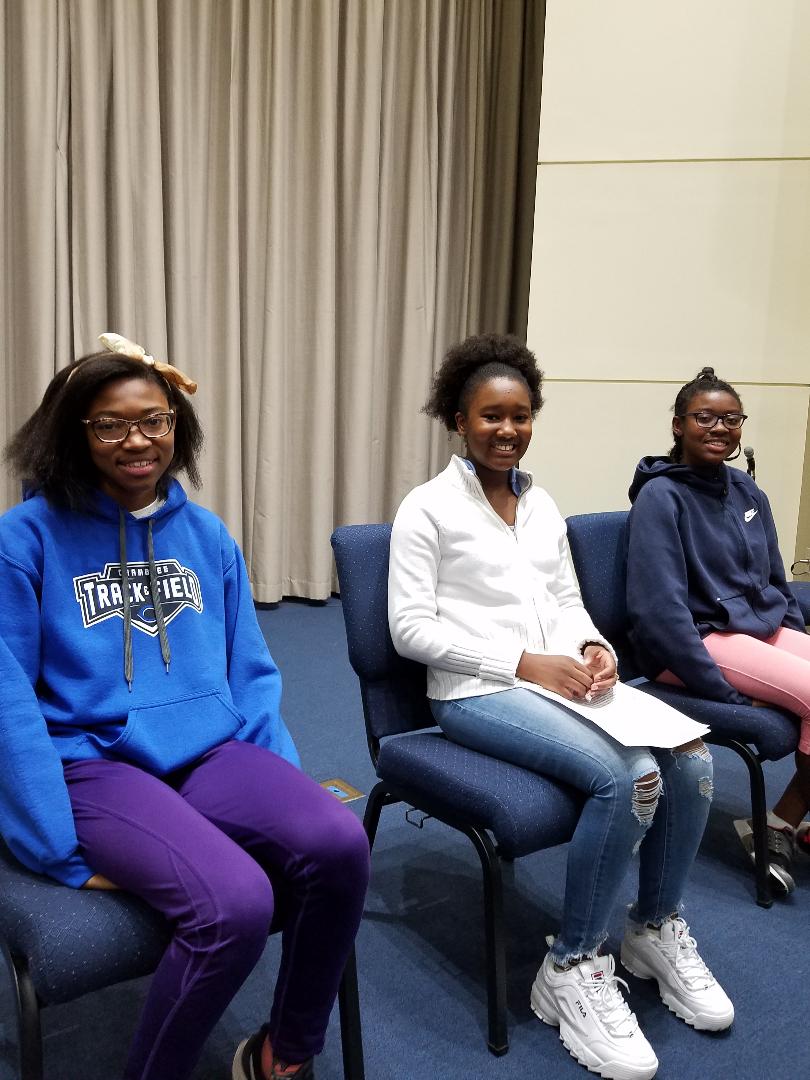
Fellow panelist Ariel Raggs, a 16-year-old student at Chamblee High School, shared how her double identity mostly just confused other students. “I explained that both my parents are Jewish and I was born Jewish. It’s not hard, just different,” she told an audience at The Epstein School program last month.
Raggs’ 14-year-old sister Miriam, a student at The Weber School, reported, “I had never experienced overt racism until I was in the Jewish community,” referring to a camp experience.
The panel showcasing young voices was one of several programs that educator Dr. Tarece Johnson [and Hassell’s mother] sponsored to highlight the importance of navigating differences and including diversity in Jewish education.
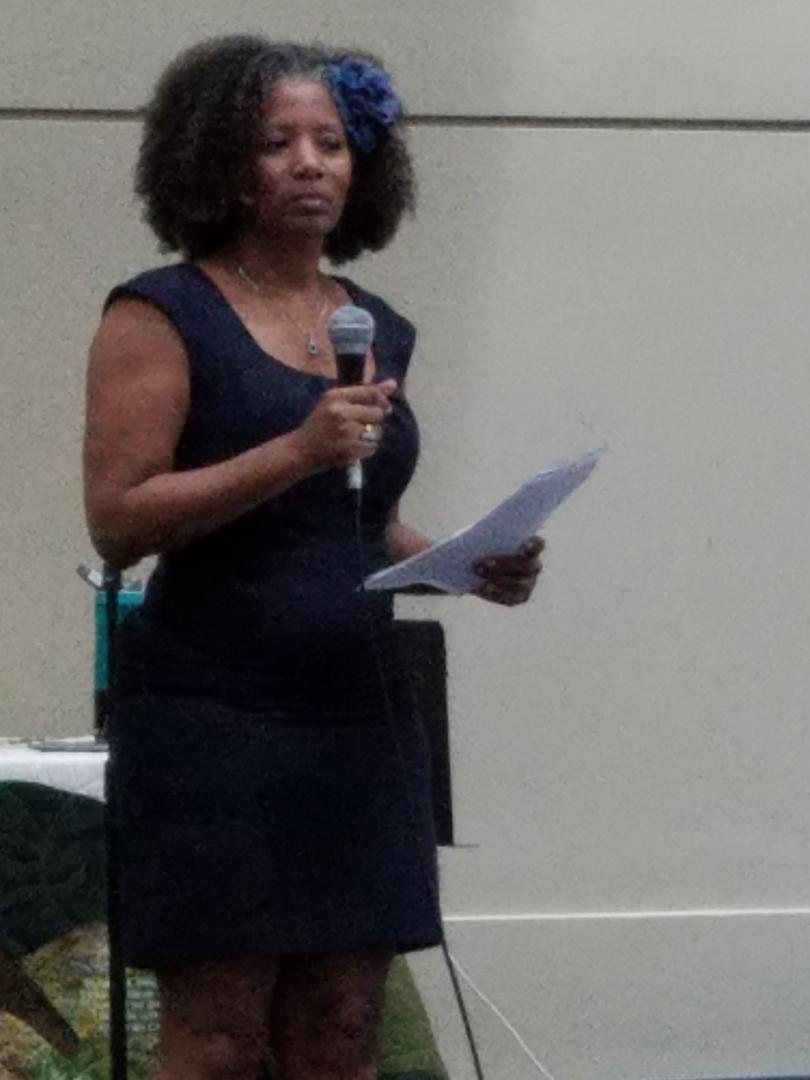
Abusch-Magder said Hassell’s experience could be “the basis for a constructive conversation.” He said educators must teach students to be inclusive of all kinds of differences beyond race and culture, including diversity among Jewish denominations, in physical differences and even through differences of opinion.
At her “Courageous Conversation for Change Panel” last month, Johnson pointed out that Jews of color account for about 12 to 15 percent of the American Jewish population.
In May, a study by Ilana Kaufman, director of Jews of Color Field Building Initiative, called “Counting Inconsistencies,” reported that more than one million of the 7.2 million Jews in the United States are Jews of color.
Kaufman’s group wholeheartedly chose to endorse the programs organized by Johnson, CEO of The Global Purpose Approach and Global Purpose Academy. “We are in the business of supporting Jews of color,” Kaufman said. “And we’re excited by this initiative of Dr. Tarece,” as Johnson likes to be called. “We have supported a suite of discussion opportunities.”
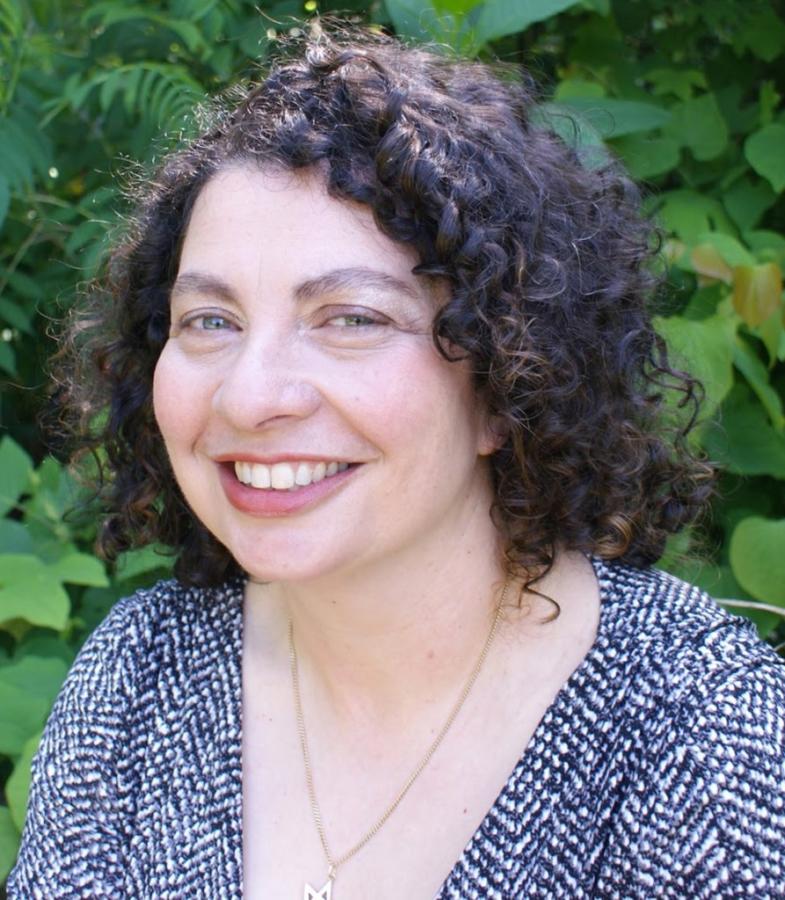
According to Rabbi Ruth Abusch-Magder, director of education for Be’chol Lashon, the Atlanta Jewish community needs to have ongoing communitywide discussions rather than one-time events to increase emphasis on the Jewish value of welcoming and inclusion. “The basic premise of our work is that diversity of the Jewish people is a value,” she said.
Be’chol Lashon is a national organization that strives to strengthen Jewish identity by raising awareness about the ethnic, racial and cultural diversity of Jewish identity and experience. “This is work that will have to happen institution by institution and by the community as a whole,” she said.
Some Atlanta Jewish institutions certainly are making the effort. David Abusch-Magder said he has been aware of the importance of including diversity, both explicitly and implicitly, all of his career. “Kids watch what we do, not just what we say,” he said. “Adults also are watching what institutions do and not just what we say.”
In second grade at Epstein, he noted, students are taught about Shabbat around the world in Judaic studies. “What does Shabbat look like in Iraq, Tunisia, Paris, Australia and Morocco? Many are not Ashkenazi dominated. We learn the differences of how Jews practice Judaism. We have students with Sephardi and Oriental backgrounds. When our students go to friends’ houses or to different synagogues – it’s all part of diversity education.”
Children are learning how to value differences, beyond race and ethnicity and outside classrooms and the typical school year, such as in camp settings.
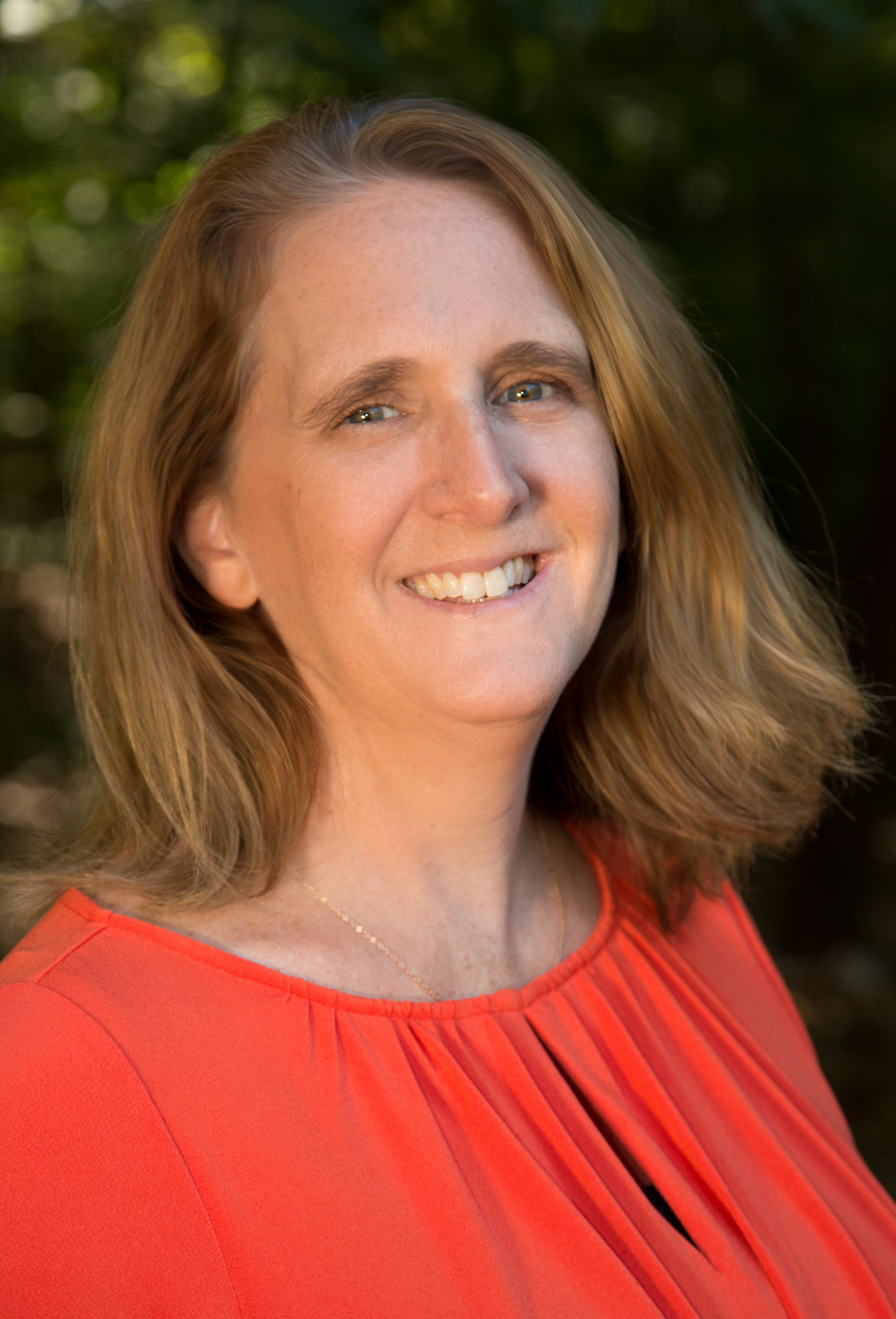
Five years ago, Camp Ramah Darom hired a full-time psychologist to oversee the wellness of all campers. Dr. Audra Kaplan emphasized that campers may have special needs of one kind or another that set them apart. One may be experiencing his or her parents’ divorce; another may be dealing with a death of a family member or friend. “We do training with all our staff on how to handle different situations,” she said. Part of the culture is teaching how to know when a friend needs help.
“We also have campers from different backgrounds, ethnic and racial, even though we are a Jewish camp. We have kids who know how to lead services and some who don’t have that background. We’re welcoming of differences,” Kaplan continued. “We view problems as learning opportunities. Camp is a perfect place to learn about kindness toward people different from ourselves.”
Kaplan launched the camp’s Tikvah Support Program, which supports children with disabilities in an inclusive way. “Last summer we had 63 campers out of 700 over the course of the summer” who required extra support, she said. Although her specialty is children with autism, she works with youth with Down syndrome and intellectual, as well as other disabilities.
Those people can be other campers, or staff. That is why Ramah Darom has also started the Tikvah Vocational Program. It was designed to provide former campers with disabilities the opportunity to be staff members. “We have one staff individual with Down syndrome and one with intellectual disabilities working at the camp,” Kaplan said. “This helps everyone see the value in others.”
She also pointed out that the camp, north of Atlanta in the foothills of the Blue Ridge Mountains, made a huge investment when they hired her. “The fact that they brought someone in full-time says a lot about the organization,” and that dealing with diversity is “a central part of what we do.”
Introducing diversity in Judaism doesn’t have to be imposed on youth. Rather, it can be posed instead as an opportunity. For years, Atlanta high school students who participate in the March of the Living to Poland and Israel have had the opportunity to go outside their comfort zones and experience daily services from the perspective of a different denomination.
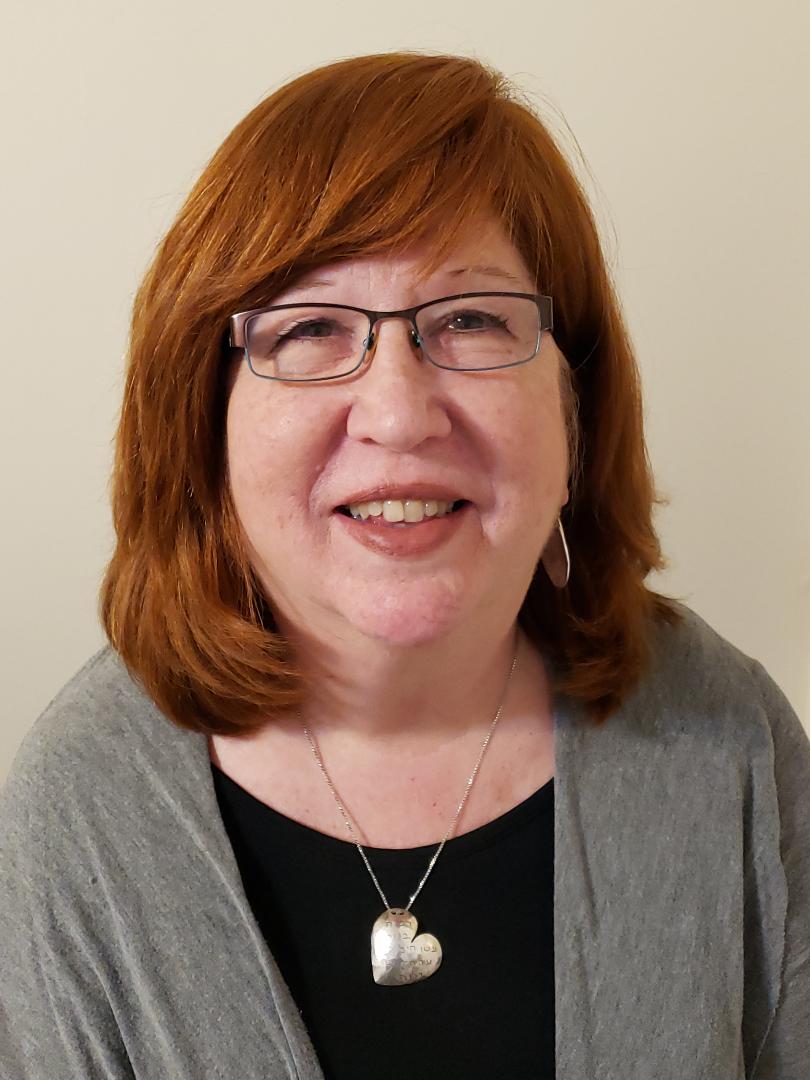
Eve Adler stepped up to the plate to coordinate Atlanta’s March of the Living program in 2003. Subsequently, she participated in seven marches, while being responsible for reaching out to high school juniors and seniors in public and private – both Jewish and non-Jewish – schools to join the expensive, but highly educational program that includes travel to Poland and Israel.
While Adler helmed the Atlanta March of the Living, it was mostly Orthodox students from the former Yeshiva Atlanta High School who participated. Still, there were non-Orthodox kids as well on the trip, and the Atlanta group traveled with those in the Southeast region, headquartered in Boca Raton. “It was mandatory for kids to show up for at least one service every day,” recalls Adler, but they could choose between services led by an Orthodox rabbi, a Conservative rabbi and a Reform service led by a woman who played a guitar. Adler feels that the youth learned a lot from being exposed to different kinds of Judaism.
Ruth Abusch-Magder notes that although she was trained as a Reform rabbi, her work encompasses dealing with Jews of color who range from ultra-Orthodox to secular. She admits there’s a lot of work to be done to be inclusive of all kinds of diversity. But she’s optimistic. “It’s on a lot of people’s radars. It’s a challenge.”
- Jan Jaben-Eilon
- Education
- Community
- Diversity
- Jewish Education
- The Epstein School
- Hannah Hassell
- National Anthem Protests
- National Anthem
- Police Brutality
- David Abusch-Magder
- Chamblee High School
- Ariel Raggs
- Miriam Raggs
- The Weber School
- Racism
- Dr. Tarece Johnson
- Courageous Conversation for Change
- Ilana Kaufman
- Jews of Color Field Building Initiative
- The Global Purpose Academy
- The Global Purpose Approach
- Rabbi Ruth Abusch-Magder
- Bechol Lashon
- Camp Ramah Darom
- Dr. Audra Kaplan
- Tikvah Support Program
- Eve Adler
- March of the Living



comments